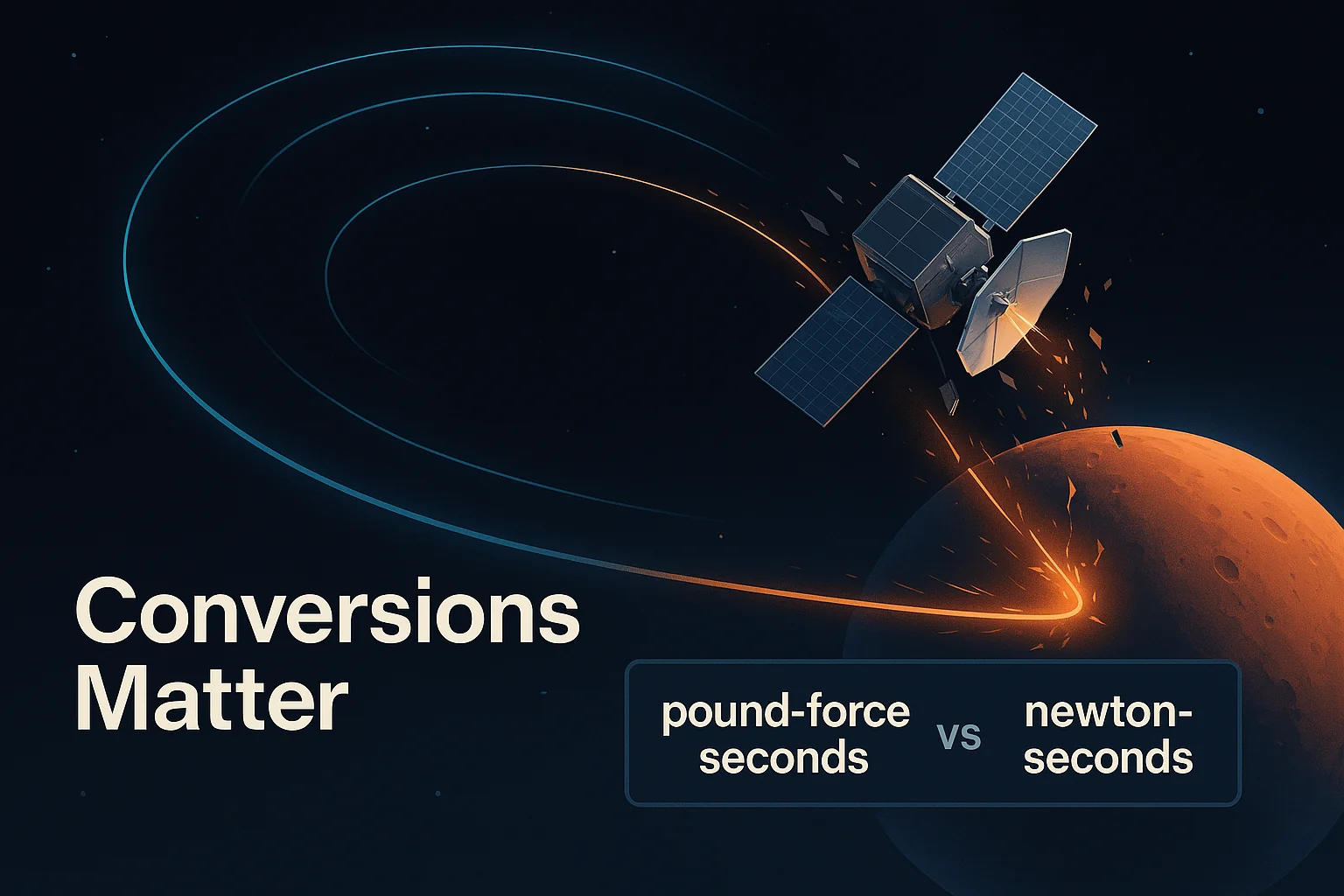With our volume conversion calculator, you can quickly switch between various volume units used in science, engineering, cooking, and daily life. Whether converting liters to milliliters or gallons to cubic inches, this tool provides fast and accurate results.
Volume measurements are essential for determining container capacity and fluid quantities. Since different industries and countries use different systems, a reliable volume conversion tool ensures accuracy and avoids confusion.
Volume Units and Conversion Table
Volume is measured using different units depending on the measurement system and application. Below are some of the most commonly used volume units:
Metric System
- Milliliter (mL)
- Liter (L)
- Cubic Centimeter (cm³)
- Cubic Meter (m³)
Imperial and US Customary System
- Cubic Inch (in³)
- Cubic Foot (ft³)
- Cubic Yard (yd³)
- US Fluid Ounce (fl oz)
- US Pint (pt)
- US Quart (qt)
- US Gallon (gal)
- Imperial Fluid Ounce (imp fl oz)
- Imperial Pint (imp pt)
- Imperial Quart (imp qt)
- Imperial Gallon (imp gal)
Other Common Volume Units
- Barrel (Oil) (bbl)
- Board Foot (bf)
- Acre-Foot
- Teaspoon (tsp)
- Tablespoon (tbsp)
To ensure accurate and seamless conversions, the table below provides a reference for converting between different volume units:
Why Volume to Volume Conversion Matters in Real Life
We often take measurements for granted, but in practice, even the smallest miscalculation in volume conversion can lead to serious consequences. Whether you’re measuring ingredients for a recipe, dosing medication, or transporting liquid cargo, using the wrong unit or failing to convert accurately can result in waste, safety risks, or financial loss.
One of the most famous examples that highlights the importance of unit conversion—even beyond volume—comes from NASA. In 1999, the Mars Climate Orbiter was lost shortly after entering Mars’ atmosphere. The reason? A mismatch between imperial and metric units: one engineering team used pound-force seconds, while another used newton-seconds. Though it wasn’t a volume to volume conversion mistake specifically, it demonstrated just how devastating a simple unit inconsistency can be. The result was a failed $327 million mission—proving that no matter the industry, precise conversions are not just helpful, they’re critical.

Beyond Volume – When You Also Need Length and Weight Conversion
In real-world applications, volume conversion rarely exists in isolation. It often goes hand in hand with length conversion and weight conversion, especially in fields like construction, shipping, and manufacturing. For example, when calculating how much concrete you need for a foundation, you’ll first measure dimensions—length, width, and depth—in meters or feet. Then, you use those numbers to compute the volume, usually in cubic meters or cubic feet. (To convert dimensions accurately before volume calculation, use our Length Converter.)
But it doesn’t stop there. If you're transporting that concrete, you'll also need to convert the volume to weight to make sure it complies with load restrictions (And if the material is being moved or pumped, our Power Converter can help you understand the energy or force required in units like watts or horsepower.)—so you’ll convert from cubic meters to tons or pounds. That’s why using just a volume conversion calculator isn’t always enough. Pairing it with a reliable length converter and weight converter ensures your entire calculation chain is accurate, efficient, and ready for real-world use. A small mistake in one unit can cascade into costly errors—so every conversion counts.
Volume conversion is essential in science, engineering, and daily tasks like cooking or construction. A volume conversion calculator makes it easy to switch between units like liters, gallons, or cubic meters—even for more complex volume to volume conversion needs.
In many cases, volume calculations also require length conversion and weight conversion. For example, determining the volume of a material often involves converting its dimensions and weight. (In many contexts, temperature also affects volume—especially for gases and liquids—so using a Temperature Converter ensures accuracy under varying conditions.) Using tools like a length converter, weight converter, and a volume conversion calculator ensures accurate and efficient calculations across different unit systems.
Check out Conversion section for automatic conversion fast and easy

